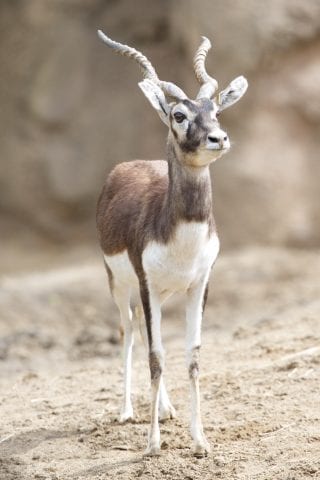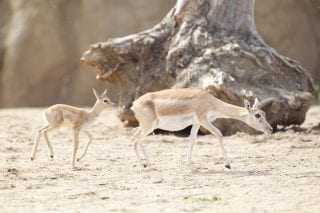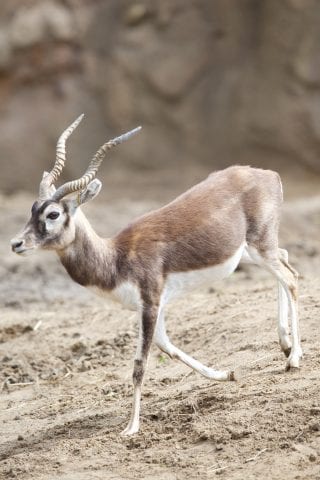Fun facts
Good eyesight
Blackbucks do not have a strong sense of smell or hearing, but they have good eyesight. This helps them detect dangers such as predators from a distance and to run away before being attacked. When a blackbuck is in danger, it jumps in the air and runs away, followed by the rest of the herd. Blackbucks can reach a speed of up to 80km/h to escape.
Introduction into the wild
Blackbucks have been introduced to both the US and Argentina where they are hunted recreationally. Blackbuck hunting is banned in India.



